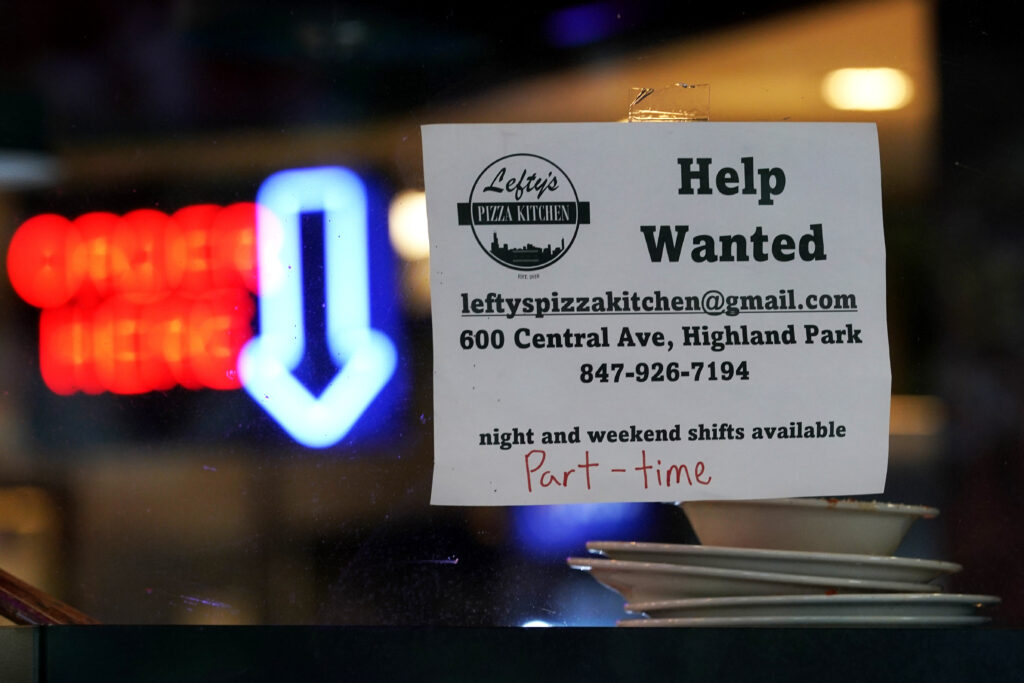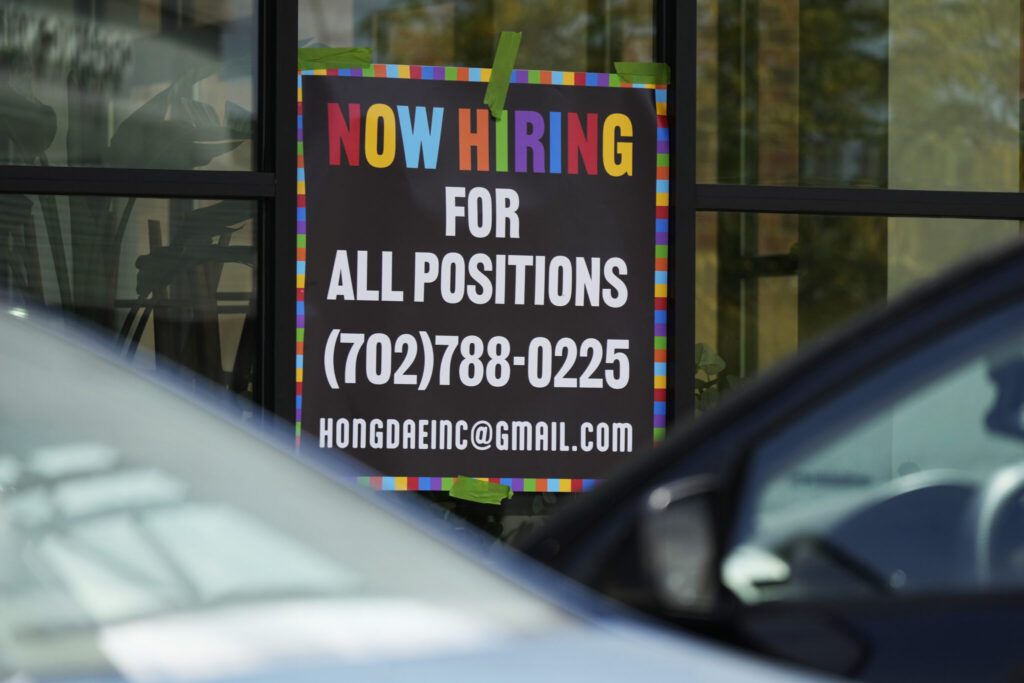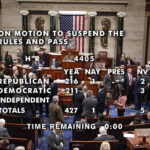US Jobless Claim Increase Slightly Amid Market Worries/ Newslooks/ WASHINGTON/ J. Mansour/ Morning Edition/ U.S. jobless claims rose slightly last week, reaching 235,000, but overall layoffs remain historically low. Signs of a softening labor market are emerging, with slower hiring and rising unemployment in areas like Washington, D.C. Economists point to policy uncertainty and reduced employer confidence.

US Jobless Claims Rise Quick Looks
- Jobless benefit applications rose to 235,000 last week.
- Weekly claims remain within a historically healthy range.
- Unemployment rate ticked up to 4.2% in July.
- Trump fires head of BLS over disappointing jobs data.
- D.C. unemployment tops 6% after federal layoffs.
- Maryland and Virginia also report jobless rate increases.
- Job openings dropped to 7.4 million in June.
- High-profile companies announce layoffs in multiple sectors.
- Economists cite tariffs and policy shifts as key factors.
Deep Look: US Jobless Claims Edge Higher As Labor Market Softens
WASHINGTON (AP) — Weekly jobless claims in the U.S. rose by 11,000 to 235,000 for the week ending August 16, according to a report from the Labor Department released Thursday. While this marks a modest increase, claims remain within the 200,000–250,000 range that economists consider consistent with a healthy labor market.
Despite the uptick, layoffs remain historically low, maintaining the same general trend that began after the worst of the COVID-19 pandemic. However, recent employment data has sparked concern about a potential slowdown in the broader job market.
In July, U.S. employers added just 73,000 new jobs, falling well below analysts’ projections of 115,000. Additionally, downward revisions to May and June figures erased 258,000 previously reported job gains, and the national unemployment rate increased to 4.2%, up from 4.1%.
The underwhelming July jobs report caused volatility in financial markets and prompted President Donald Trump to dismiss Erika McEntarfer, head of the Bureau of Labor Statistics (BLS) — the agency responsible for the monthly employment report. Notably, the BLS is not involved in compiling the weekly unemployment claims report.
Meanwhile, the District of Columbia recorded the nation’s highest unemployment rate in July, climbing above 6% for the third consecutive month. Analysts attribute the surge to mass layoffs of federal workers, following the Trump administration’s workforce reduction campaign via the Department of Government Efficiency.
The ripple effects of those job cuts are spreading beyond D.C. into neighboring states. Maryland and Virginia — where a large percentage of federal workers reside — also reported rising unemployment levels in the latest monthly data.
Since the beginning of Trump’s second term, federal agencies have seen an exodus of employees, with some laid off and others pressured to resign voluntarily. Labor unions and advocacy groups have responded with legal challenges, arguing the measures violate employment protections.
Employer Confidence Dips
Data from the Labor Department also shows that job openings dropped to 7.4 million in June, down from 7.7 million in May. The number of people voluntarily leaving their jobs — typically viewed as a sign of worker confidence — also fell to its lowest level since December, another indicator that job seekers may be feeling more uncertain about switching roles.
Economists warn that recent policy decisions, particularly Trump’s unpredictable use of tariffs against key trading partners, may be undermining business confidence, leaving companies hesitant to invest or expand payrolls.
Corporate Layoffs Across Sectors
Several major corporations have announced significant layoffs in 2025, adding weight to the idea of a cooling labor market. Companies affected include:
- Procter & Gamble
- Dow Inc.
- CNN
- Starbucks
- Southwest Airlines
- Microsoft
- Meta (Facebook parent company)
- Intel
- The Walt Disney Co.
These reductions are occurring across a range of industries — from technology to media to consumer goods — signaling a broader trend rather than isolated restructuring.
Weekly Jobless Claims and Benefits Data
The four-week moving average, used to smooth out short-term fluctuations, rose by 4,500 to 226,500, supporting the notion of a slow but steady increase in unemployment claims.
Additionally, the total number of Americans receiving unemployment benefits rose by 30,000 to 1.97 million for the week ending August 9 — the highest total since November 6, 2021.
Though these numbers are not considered alarming in isolation, they contribute to a growing body of evidence suggesting that the red-hot post-pandemic labor market may finally be cooling.
“We’re not yet in recession territory,” said one economist, “but the labor market’s momentum is definitely slowing.”
With further economic policy shifts, ongoing trade uncertainty, and potential global headwinds on the horizon, many experts believe the Federal Reserve and policymakers will face tough decisions in the coming months to support labor market resilience.







